




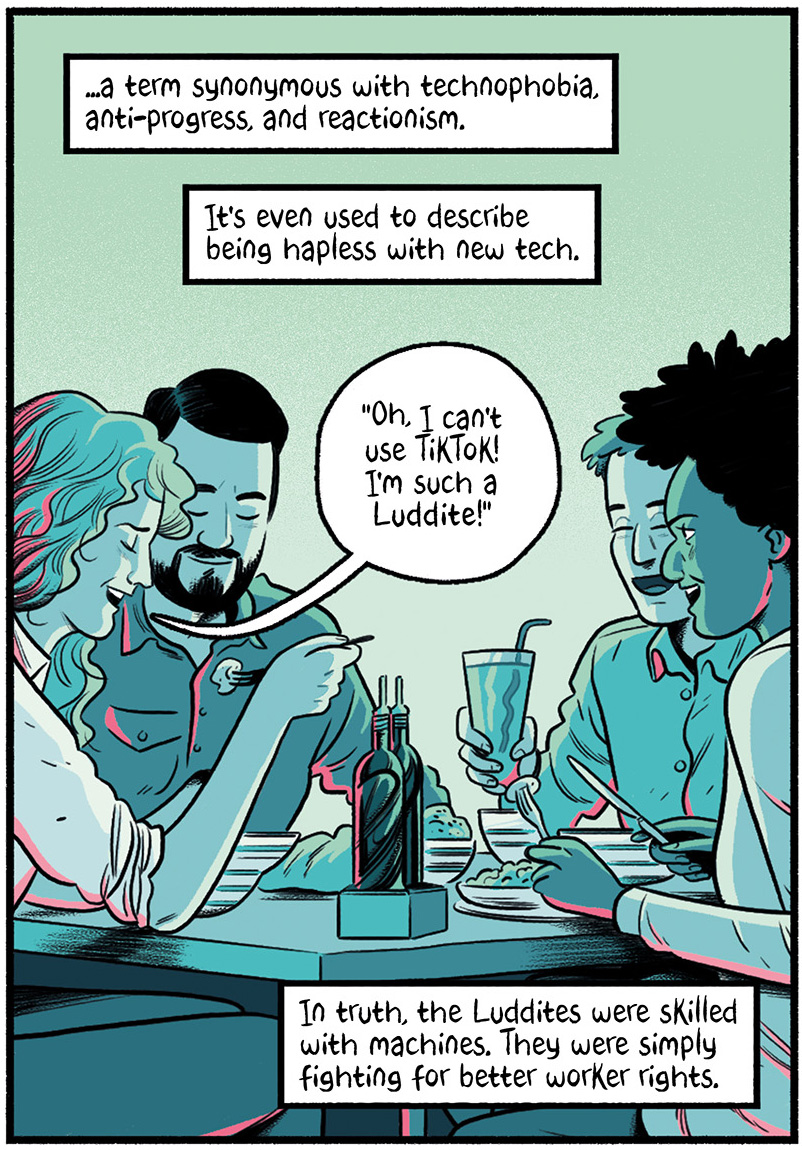








![The text reads, "He understood that machines were only as progressive as the people who used them." Morris facing us from a field of app notifications, says "[An unfree man is a] slave to machinery; the new machine MUST be invented, and when invented he MUST - I will not say use it, but be used by it whether he likes it or not."](https://trendinginbusiness.business/images/blog/thumbnails/202402/img_280202520715.jpg)

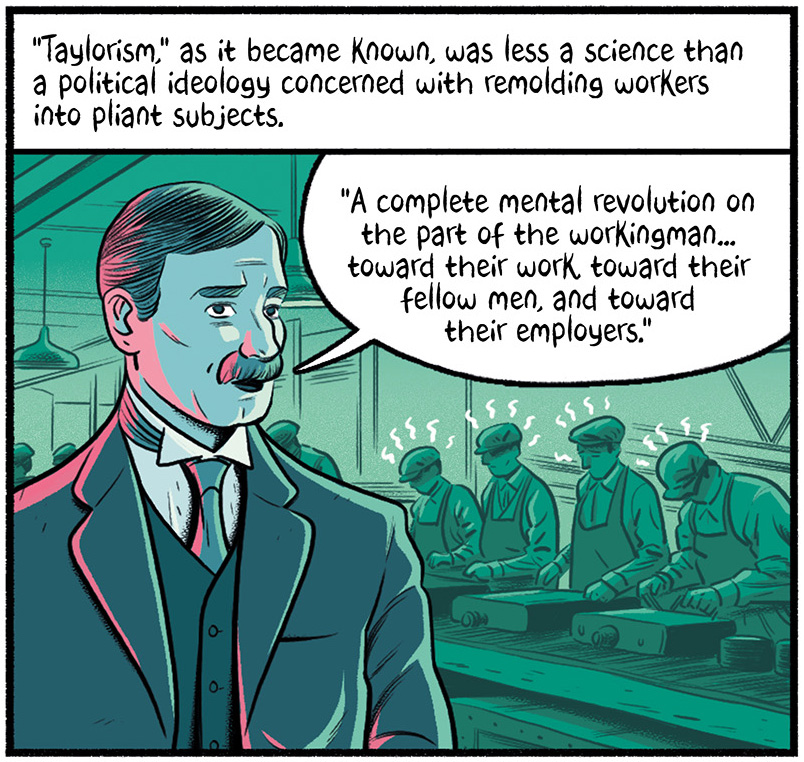



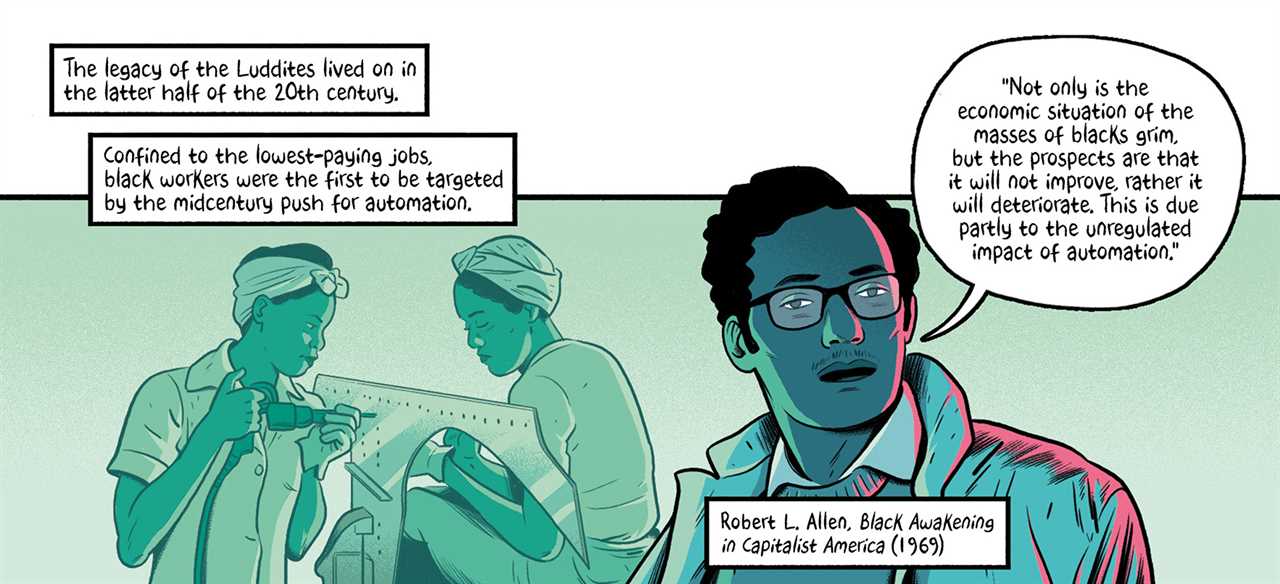






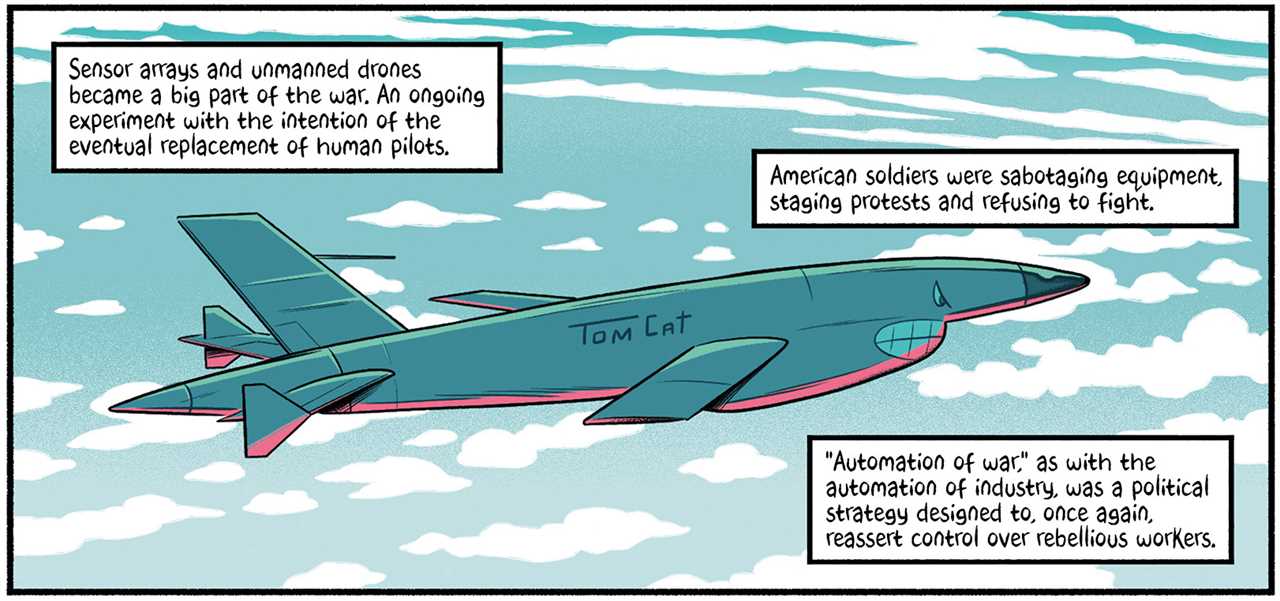





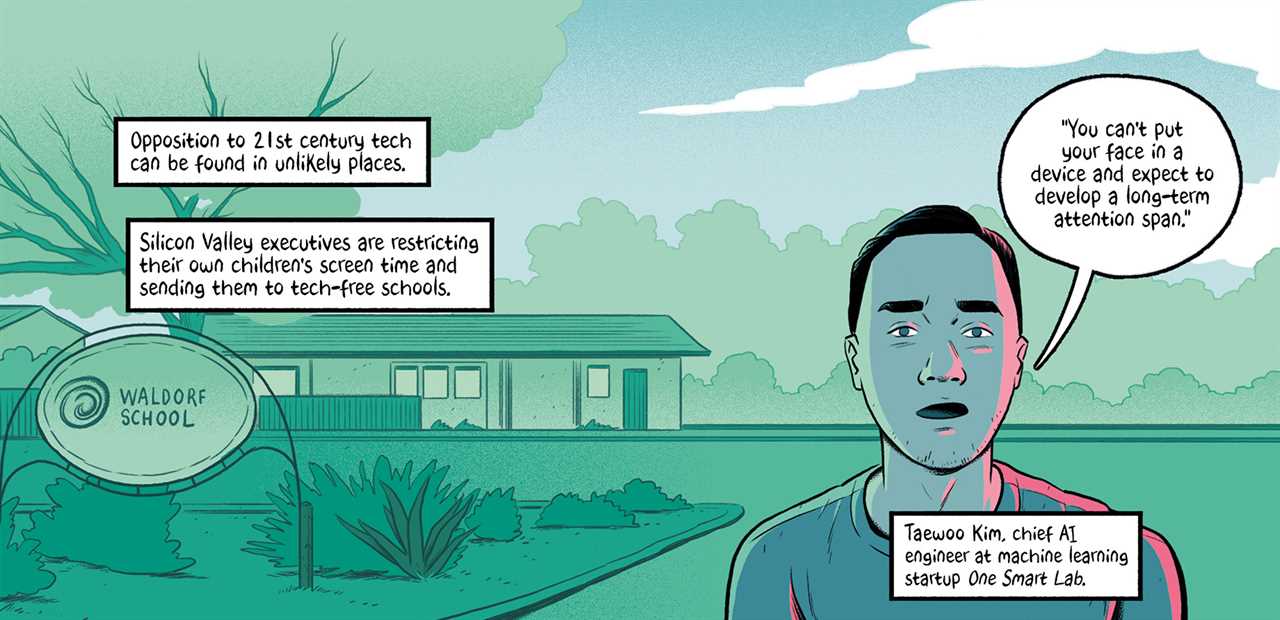


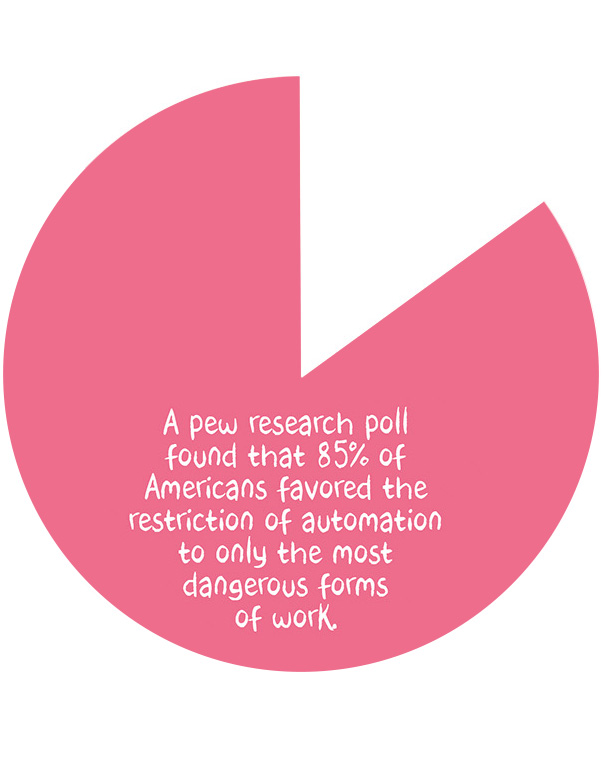
![People standing around and looking at their cell phones. The text reads, "We're all living through an era in which we have become the product." Shoshana Zuboff, author of The Age of Surveillance Capitalism (2018) tells us, "The age of surveillance capitalism is a titanic struggle between capital and each one of us. It is a direct intervention into free will, an assault on human autonomy. To tune and herd and shape and push us in the direction that creates the highest probability of their business success. [There's no way] to dress this up as anything but behavioral modification."](https://trendinginbusiness.business/images/blog/thumbnails/202402/img_280202520938.jpg)
![A facial recognition target over the face of a Black person next to a hand pointing at the word "Error." The text reads, "Many are also drawing attention to the biases of software made by an almost entirely male, predominantly white workforce." A quote from Timnit Gebru, cofounder of Black in AI says, "I'm worried about groupthink, insularity, and arrogance in the AI community, [...] If many are actively excluded from its creation, this technology will benefit a few while harming a great many."](https://trendinginbusiness.business/images/blog/thumbnails/202402/img_280202520939.jpg)




Tom Humberstone is a comic artist and illustrator based in Edinburgh, Scotland.
------------Read More
By: Tom Humberstone
Title: What Luddites can teach us about resisting an automated future
Sourced From: www.technologyreview.com/2024/02/28/1088262/luddites-resisting-automated-future-technology/
Published Date: Wed, 28 Feb 2024 10:00:00 +0000
Did you miss our previous article...
https://trendinginbusiness.business/technology/wwdc-2024-everything-you-need-to-know
.png)





